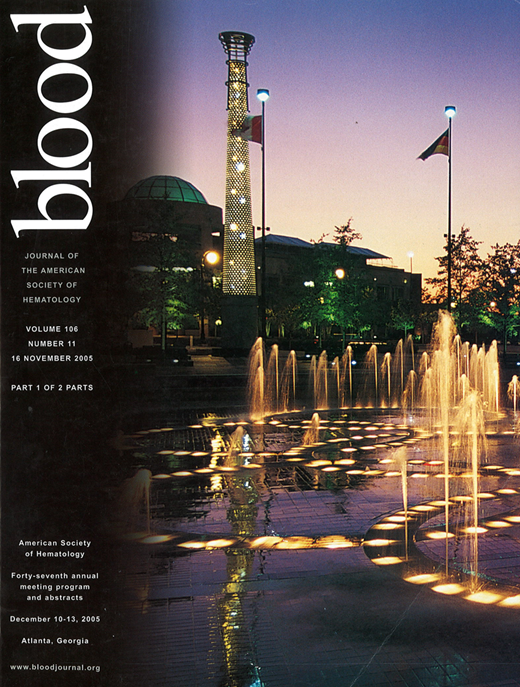Abstract
Chromosome translocations are among the most common genetic abnormalities in human leukemia. The abnormally expressed genes from each translocation can be used to identify specific markers for clinical diagnosis of each translocation. Microarrays have identified genes differentially expressed in different translocations but the results between laboratories are not always compatible. We used SAGE to quantitate gene expression in bone marrow(BM) samples from 22 patients with four types of AML, [de novo AML M2 with t(8;21), AML M3 or M3V with t(15;17), AML M4Eo with inv(16), AML M5 with t(9;11) or secondary t(9;11)].We made SAGE libraries from CD15+ leukemic myeloid progenitor cells, collecting over 106 SAGE tags, of which 209,486 were unique tags; 136,010 were known genes and ESTs, and 73,476 were novel transcripts. SAGE tags for further analysis were selected based on a 5-fold difference between patient’s samples and normal CD15+ BM; they were also statistically significantly different at the 5% level. Using these strict criteria, we identified 2,381 unique tags, of which 2,053 were known genes and ESTs, and 328 were novel transcripts that were either specific for each translocation or were common(55) SAGE tags for all 4 translocations. The major change in all translocations was a decrease in expression in leukemia cells compared with normal cells; the decrease was least in the t(8;21) cells. Changes in expression of these known genes, which fall into different gene ontology functional categories, varied by translocation. Those associated with macromolecular biosynthesis, transport and transcription were most altered in the t(8;21); those related to defense response and apoptosis were altered in the t(15;17); cell proliferation genes were most affected by the t(9;11). From this analysis, we identified the functional molecular signature of each translocation. We designed a custom microarray to validate our SAGE data analysis. Our initial microarray contained 349 probes including 212 known genes, 61 ESTs, 28 novel sequences based on our data and 48 genes reported by others. We have now included 65 additional probes that appeared to be correlated with survival. Using 63 samples with the four translocations [16 inv(16), 4 t(9;11), 20 t(15;17), 4 t(8;21) and 19 other translocations], we are validating which genes provide a robust, reproducible “fingerprint” for each translocation, for all translocations, and which ones provide reliable information related to prognosis and survival. Our results will provide new insights into genes that collaborate with each translocation to lead to a fully leukemic phenotype as well as which genes appear to provide valid prognostic information.
Author notes
Corresponding author

